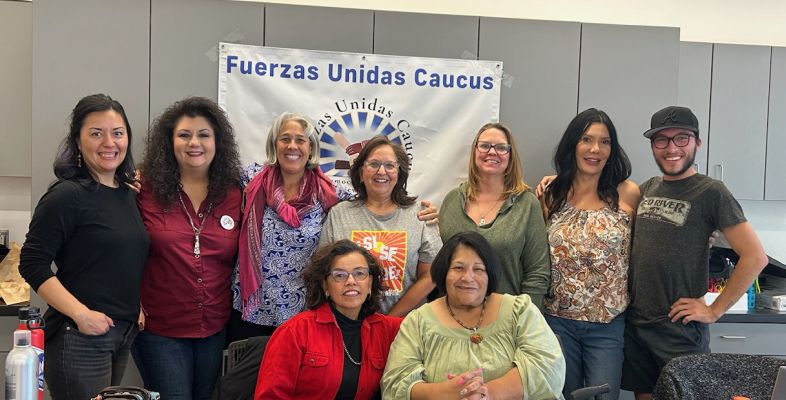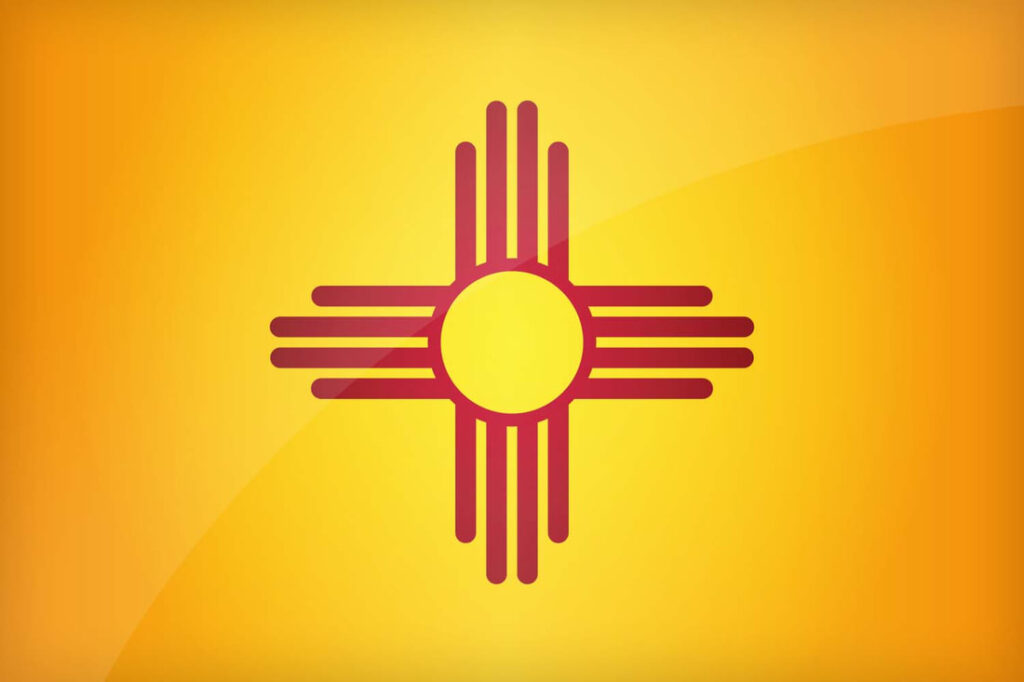2025 Important Info
- Read our May newsletter
- Next newsletter published in July
Primary Election
June 4 In
Days
Election has Ended

On the Road in New Mexico with the Fuerzas Unidas Caucus
JOIN THE CONVERSATION!
Become a Member




